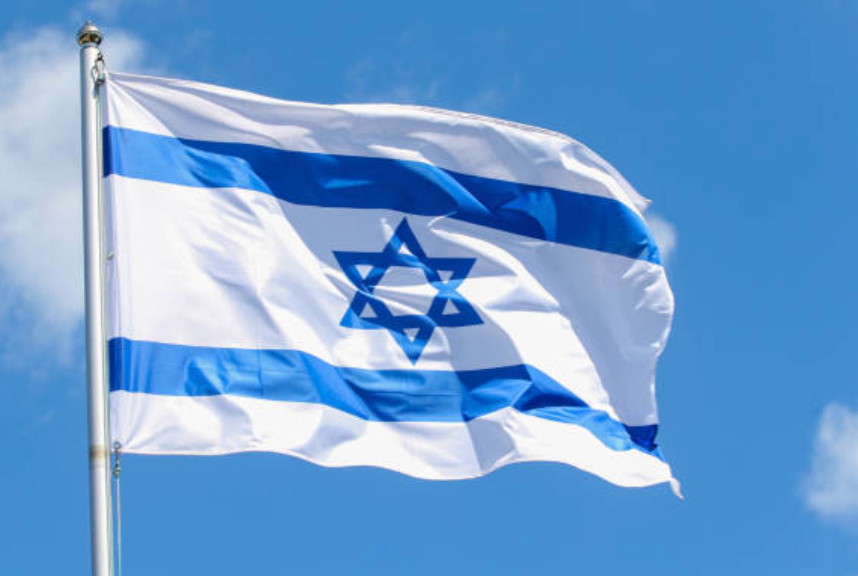Your Cart is Empty
Here's a closer look at the history of the Israeli flag. Flags hold immense significance as symbols of national identity, unity, and pride. At 1-800 Flags we love to dive deeper and look at the history of each flag to see when it was created and the meaning behind it. One flag that carries a profound meaning is the Israeli flag. The blue and white banner, adorned with the Star of David, represents the State of the Israeli and evokes a range of emotions and historical narratives. We carry may sizes : Israel 2ft x 3ft Indoor Polyester Indoor, Israel Outdoor Nylon Flag Made in USA, Israel 4in x 6in Mounted Handheld Stick Flags, Israel 12in x 18in Mounted Stick Flag, Israel 3ft x 5ft Indoor Polyester Flag and Israel Flag 12in x 18in With Grommets
Lets dive into the elements and symbolism of the Israel flag, explore its historical context and discuss its significance to the Israeli people.
1. Design and Elements
The Israeli flag consists of two horizontal stripes – a blue stripe on top and a white stripe below. The blue stripe represents trust, loyalty, and faithfulness, while the white stripe symbolizes purity, innocence, and peace. Placed at the center of the flag is the Star of David, a six-pointed star formed by two equilateral triangles. The Star of David holds religious and historical significance for Judaism and is widely recognized as a Jewish symbol.
2. Historical Context
The creation of the Israeli flag is closely intertwined with the establishment of the State of Israel in 1948. After centuries of Jewish diaspora and persecution, the Zionist movement sought to establish a homeland for the Jewish people. The flag was designed by David Wolffsohn, a Zionist leader, and was officially adopted on October 28, 1948, five months after Israel declared its independence. Its design draws inspiration from the Jewish prayer shawl, known as the tallit, which often features blue and white stripes.
3. Symbolism and Meaning
The Israeli flag carries multiple layers of symbolism. Firstly, the blue and white colors are reminiscent of the Jewish prayer shawl and represent the connection between the Jewish people and their faith. The blue color also represents the sky and the divine, while the white color embodies purity, hope, and peace. The Star of David is a symbol deeply rooted in Jewish history and signifies unity, protection, and the Jewish people's historical struggles and resilience.
4. National Identity and Pride
For Israelis, the flag represents a tangible symbol of their national identity and collective history. It serves as a unifying force among diverse communities within Israel, including Jews, Arabs, and other minority groups. The flag embodies the ideals of democracy, freedom, and self-determination that Israel strives to uphold. It is proudly displayed in various public and private spaces, including government buildings, schools, synagogues, and homes, as a testament to Israeli pride and solidarity.
5. Controversies and Debates
The Israeli flag, like any national symbol, has not been without controversies. Its display has been a subject of debate in certain contexts, particularly in regions where conflicts between Israel and its neighbors persist. Some individuals and groups perceive the flag as a symbol of occupation and political contention, while others view it as a representation of Jewish heritage and self-determination. These differing perspectives highlight the complexities of the Israeli-Palestinian conflict and the ongoing search for peace in the region.
Conclusion
The Israeli flag is more than just a piece of cloth; it embodies the aspirations, struggles, and triumphs of the Jewish people. It serves as a powerful symbol of national identity, unity, and resilience. While its display may elicit different emotions and opinions, understanding the historical and cultural context behind the Israeli flag is crucial in appreciating its significance to the Israeli people and its place in global discourse.



